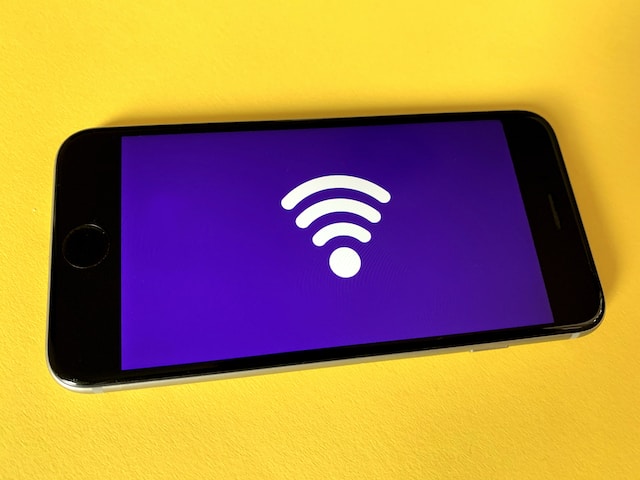Slow Wi-Fi is one of the most frustrating things that can happen to you when you’re trying to work, learn, or entertain yourself online. Fortunately, there are a number of things you can do to speed up your Wi-Fi and improve your internet experience.
Identifying the Source of the Problem
The first step to speeding up your slow Wi-Fi is to identify the source of the problem. This could be due to a number of factors, such as:
- The distance between your device and your router. The further away you are from your router, the weaker the signal will be.
- The presence of physical obstacles, such as walls and furniture. Walls and furniture can block or weaken the Wi-Fi signal.
- Interference from other electronic devices. Some electronic devices, such as cordless phones and microwaves, can interfere with the Wi-Fi signal.
- Your router’s settings. Some routers may be configured with settings that are less than optimal for performance.
- Your internet service provider’s speed. If you have a slow internet plan, no matter what you do, your Wi-Fi will be slow as well.
Making Simple Changes to Your Router Placement and Settings
Once you have identified the source of the problem, there are a few simple changes you can make to improve your Wi-Fi signal:
- Move your router to a more central location in your home. This will help to ensure that the signal is strong in all areas of your home.
- Place your router away from physical obstacles. This will help to reduce signal interference.
- Change your router’s channel to a less congested channel. You can use a Wi-Fi analyzer app to identify the most congested channels in your area.
- Update your router’s firmware. Router manufacturers often release firmware updates that can improve performance.
- Reboot your router regularly. This can help to resolve minor issues and improve performance.
Investing in New Hardware
If you have tried all of the above and your Wi-Fi is still slow, you may need to invest in new hardware. This could include:
- A new router. If your router is old or outdated, it may not be able to provide the speed and performance you need.
- A Wi-Fi extender or repeater. A Wi-Fi extender or repeater can amplify your router’s signal and extend its range.
- A powerline adapter. A powerline adapter uses your home’s electrical wiring to transmit the Wi-Fi signal. This can be a good option if you have a large home or if your router is located in a central location but the signal is weak in certain areas of your home.
Conclusion
By following the tips above, you can speed up your slow Wi-Fi and improve your internet experience. If you have tried all of the above and your Wi-Fi is still slow, you may need to contact your internet service provider for assistance.
Additional Tips
- If you have a large home, you may want to consider using a mesh Wi-Fi system. Mesh Wi-Fi systems use multiple nodes to create a single, seamless Wi-Fi network throughout your home.
- If you are using a lot of devices on your Wi-Fi network, you may want to consider upgrading to a router that supports Wi-Fi 6 or Wi-Fi 6E. Wi-Fi 6 and Wi-Fi 6E offer faster speeds and better performance than previous Wi-Fi standards.
- If you are concerned about your privacy and security, you may want to consider using a VPN. A VPN encrypts your traffic and routes it through a secure server, making it more difficult for hackers to track your online activity.

